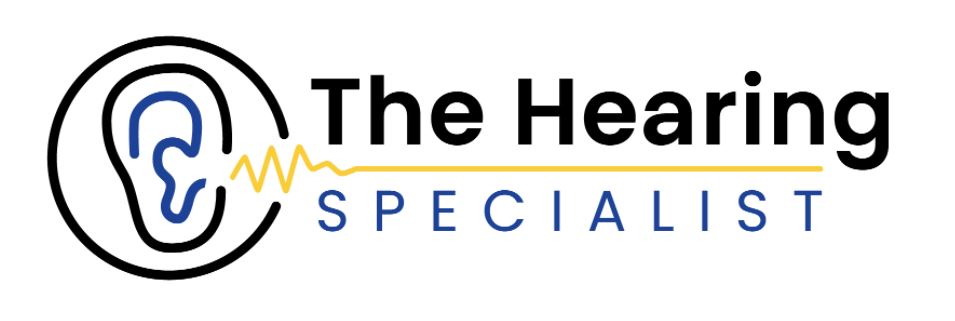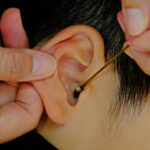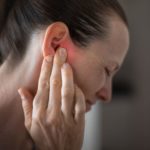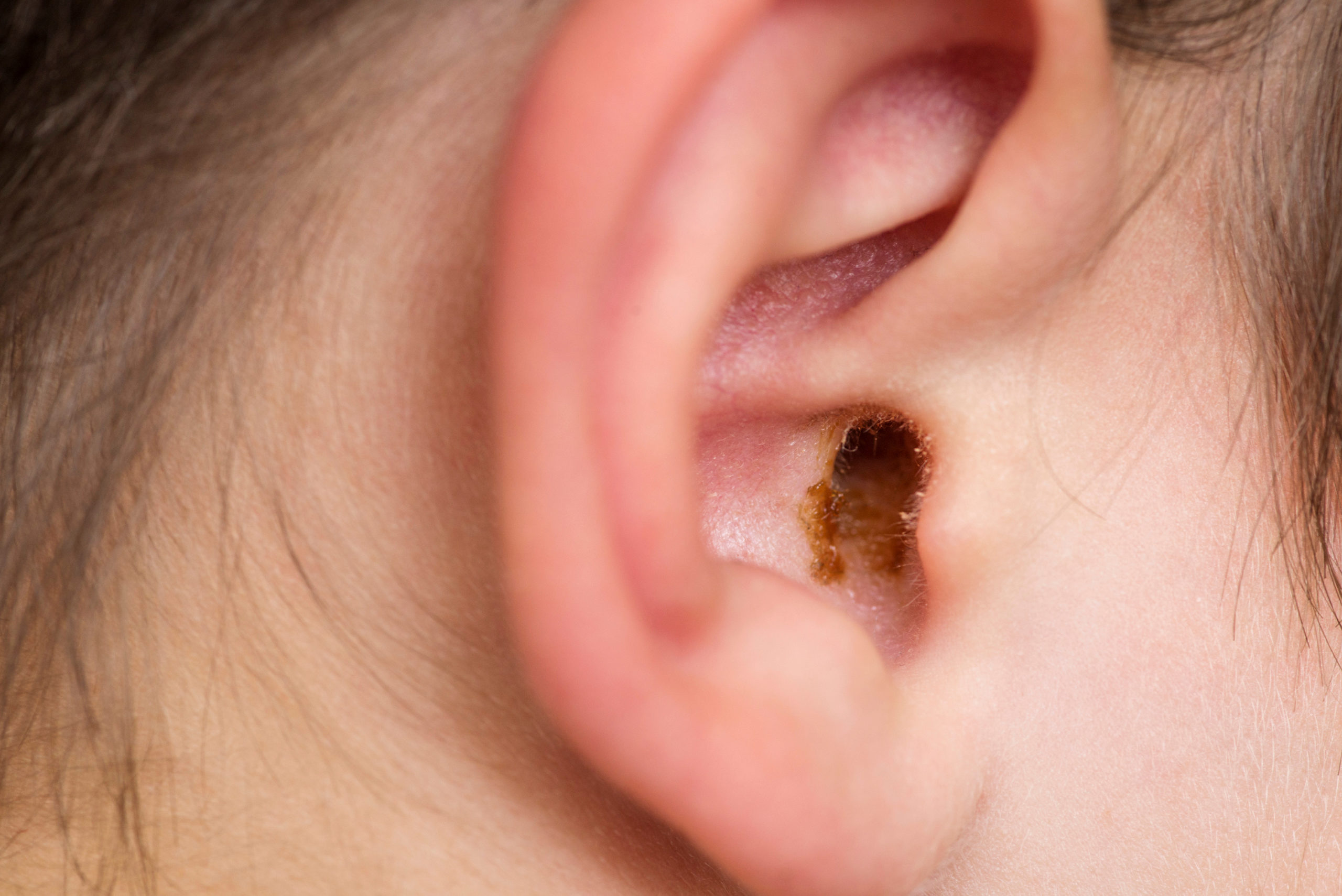Earwax may seem like a minor nuisance, but for millions of people in the UK, it can cause major discomfort and health issues if left unmanaged. In fact, it’s estimated that around 2.3 million people are currently living with earwax blockages. This number highlights a significant, often overlooked health concern.
While earwax is a natural part of our ear’s self-cleaning system, improper care or attempts at removal can lead to pain, hearing loss, infections, and long-term complications.
In this article, we’ll walk you through what earwax is, when it becomes problematic, the mistakes people often make in trying to remove it, and what safe, professional solutions are available.
What is earwax and why do we need it?
Earwax, also known as cerumen, is produced by glands in the ear canal. Though often misunderstood or seen as unhygienic, earwax plays an essential role in keeping your ears clean and healthy, trapping dust, dirt, and bacteria before they reach the eardrum. It also helps moisturise the skin in the ear canal, preventing dryness and irritation.
What’s particularly fascinating about earwax is how low maintenance it is. The ear is a self-cleaning organ. As earwax dries out, it naturally moves toward the opening of the ear and falls out without you even noticing. This means there’s rarely a need for cleaning, and certainly no need to stick cotton buds or other objects inside the ear. Doing so can interfere with this natural process and push wax deeper, making the problem worse.
Interestingly, not all earwax is the same. Genetics determine whether you have wet or dry earwax. Wet earwax is more common; it’s sticky, yellow to brown in colour, and soft in texture. Dry earwax, on the other hand, is lighter in colour and crumbly.
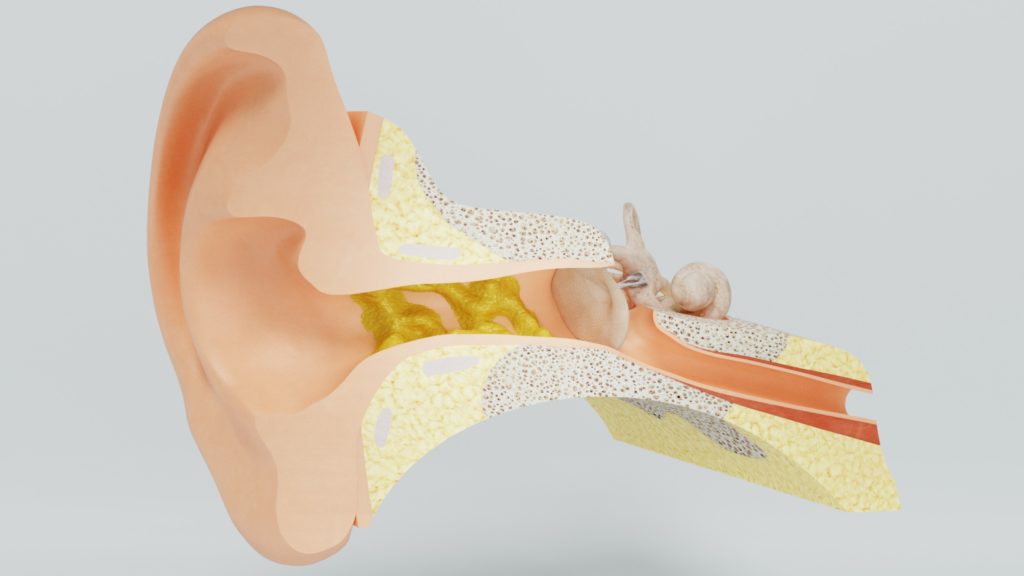
When does earwax become a problem?
While earwax is beneficial in normal amounts, problems can arise when it builds up and blocks the ear canal. This condition, known as cerumen impaction, occurs when wax accumulates and becomes impacted against the eardrum or walls of the canal. This can cause a wide range of symptoms, from a feeling of fullness in the ear and muffled hearing, to itchiness, tinnitus (ringing in the ear), or even dizziness.
Certain groups of people are more likely to suffer from earwax blockages. Older adults often produce more wax, and age-related changes in the ear canal can make natural expulsion more difficult. Individuals who regularly wear hearing aids, earplugs, or use in-ear headphones may also experience issues, as these devices can compress wax and prevent it from exiting the ear naturally. People with narrow or unusually shaped ear canals, or those with skin conditions such as eczema or psoriasis, may also be more prone to blockage.
For these individuals, regular ear care and professional assessment become even more important. Ignoring symptoms of a blockage can increase the risk of infection and cause further complications.
Mistakes to avoid in ear wax removal
One of the most common, and risky mistakes people make is attempting to clean their ears with cotton buds. While it may feel satisfying and seem like you’re removing wax, the reality is that cotton buds often push the wax deeper into the ear canal, compacting it and making it harder to remove. Over time, this can cause irritation, lead to infection, or even perforate the eardrum.
Another misguided method is ear candling, a practice that involves placing a hollow candle in the ear and lighting it to create a supposed vacuum that draws wax out. Not only is this method completely unsupported by scientific evidence, but it can also be extremely dangerous. Burns to the skin, wax residue entering the ear, and even damage to the inner ear are all documented risks of ear candling.
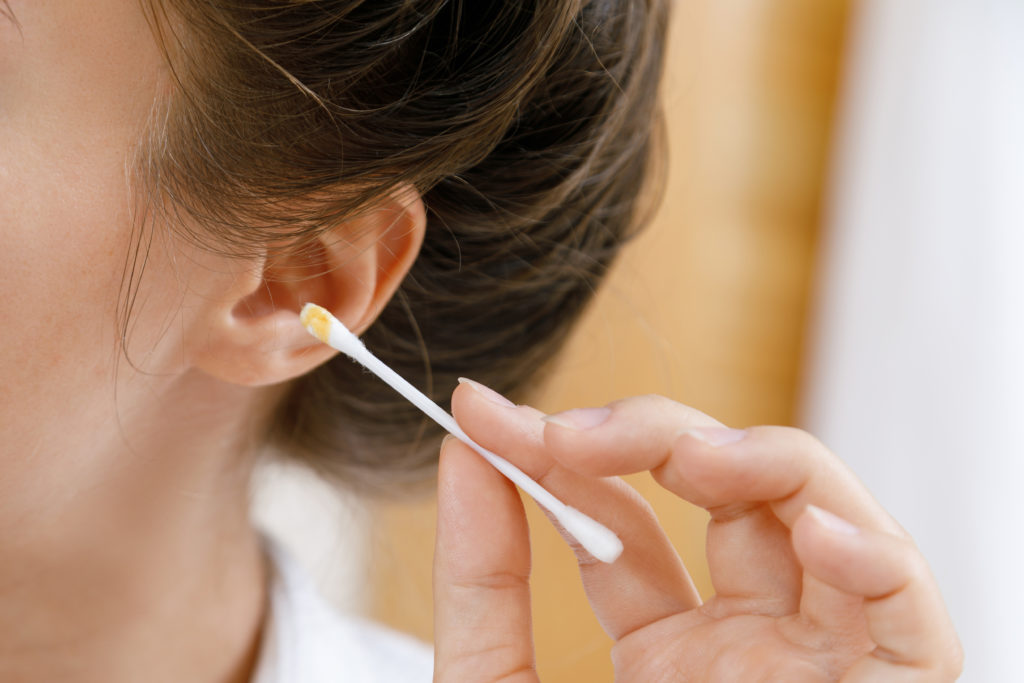
Risk factors
Leaving earwax buildup untreated can lead to several complications. A blockage can trap moisture and bacteria, increasing the risk of painful ear infections. In some cases, a significant buildup can press against the eardrum, affecting your balance and causing vertigo, a sensation that the room is spinning even when you are still.
Perhaps most concerning, particularly for older adults, is the link between untreated hearing loss and cognitive decline. Studies have shown that reduced auditory input can negatively affect brain function, memory, and overall mental sharpness.
Safe removal methods
Fortunately, there are several safe and effective methods for managing earwax buildup, all best performed by trained professionals. After a physical examination of your ear canal using an otoscope, your audiologist or hearing care specialist can recommend the most appropriate treatment.
Microsuction is considered one of the safest and most precise methods of earwax removal. This procedure involves using a specialised suction device, often under microscope guidance, to gently remove wax without the need for liquids. Because your audiologist can clearly see what they’re doing, there’s a much lower risk of damaging the ear canal or eardrum.
Another commonly used method is ear irrigation, which involves gently flushing the ear canal with warm, sterilised water to dislodge and remove wax. This method has largely replaced the older technique of ear syringing, offering greater control and comfort for the patient. While generally safe, there is a small risk of infection if proper sterilisation procedures aren’t followed, which is why it should always be carried out by a professional.
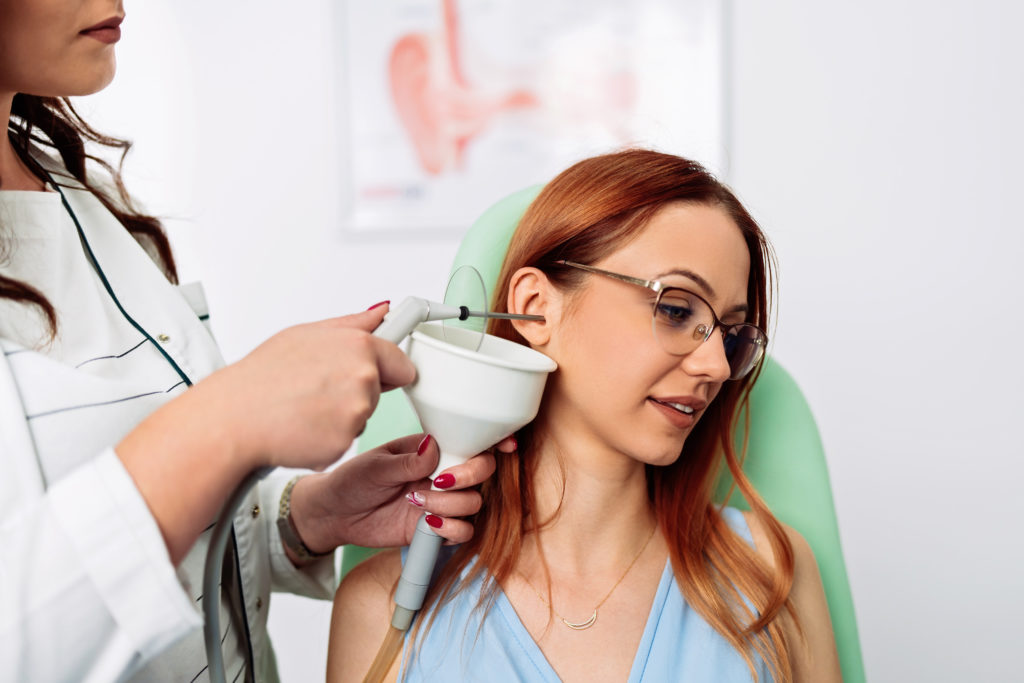
Preparing for your earwax removal appointment
If you suspect you have a buildup of earwax and are planning to see a professional, there are a few simple steps you can take in preparation. First, avoid inserting anything into your ears in the days leading up to your appointment. You can gently clean the outer ear with a warm, damp cloth, but don’t attempt to remove wax yourself.
In some cases, your specialist may recommend using olive oil-based ear drops a few days prior to your appointment to help soften the wax, making removal easier and more comfortable.
At The Hearing Specialist, our experienced team offers safe, effective earwax removal tailored to your needs. Contact us today to book an appointment.
